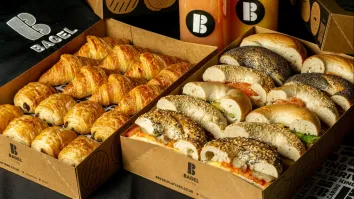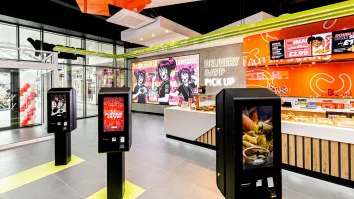
10 tips to survive the rise in food prices in the restaurant industry
Food inflation in the UK hit its highest rate in three years in June. Food and non-alcoholic beverage prices were 2.3 per cent higher than a year earlier, up from a rate of 2.1 per cent in May. Therefore, restaurant operators need to get wise to this growing expense without causing harm to their business.
Mark Kuperman, chief operating officer of Revenue Management Solutions (RMS), gave ten tips for operators looking to reduce costs without impacting their bottom line.
1. Rethink the menu
Executive chefs need to be sure before re-engineering their menus. It is all about using fewer ingredients more creatively and wisely. This will present operators with ways to cut costs in a way that will be invisible to customers.
2. Don’t try to be everything to everyone
Streamlining the number of dishes on offer to customers will help operators reduce food costs, whilst also improving execution.
3. Do the maths on operational efficiency
Chefs should look at the operational impact of specific menu items, to see if the way certain dishes are prepared impacts on profitability or throughput. There are menu items that are very profitable, but actually slow down service. It’s about understanding operationally where those bottlenecks occur.
4. Understand price barriers and which ones your customers are reluctant to cross
For both independent and multi-site restaurant operators, there are certain price barriers consumers are reluctant to cross. Chefs would be better off re-engineering portion sizes or the ingredients served with a dish, than crossing barriers that may be prohibitive to customers.
5. Be unique
If operators get creative with menu items, using lesser-known ingredients, customers are less likely to have a frame of reference for price, which in turn means they will be less likely to balk at any price increases.
6. Leverage loyal customers
Savvy operators need to be reaching out to their customers through social media or point-of-sale data to provide incentives for repeat visits.
7. Combat rising costs with greater efficiency
Operators should be turning to technology, not only to deliver on that all important customer experience, but also to get ahead of the competition in terms of increased efficiencies. Technology seamlessly steps in as a silent partner to take care of all aspects of the customer journey, leaving staff to deliver on the experience.
8. Keep price changes small and more frequent
For many operators, price increases are inevitable. However, in an environment of increasing costs, this is much easier for customers if done in small increments over time.
9. Change your hours of operation
A restaurant open for breakfast, lunch and dinner may not open between 3pm and 5pm. Therefore, there is room for operators to better align their opening hours and in turn, staffing requirements. This is where independent restaurants reap the benefits of flexibility.
10. Don’t cut staff
Cutting staff impacts the overall restaurant experience. There’s the saying, ‘food brings them in and service drives them out’ – it’s important for operators to remember that cutting back on service is not the answer.























